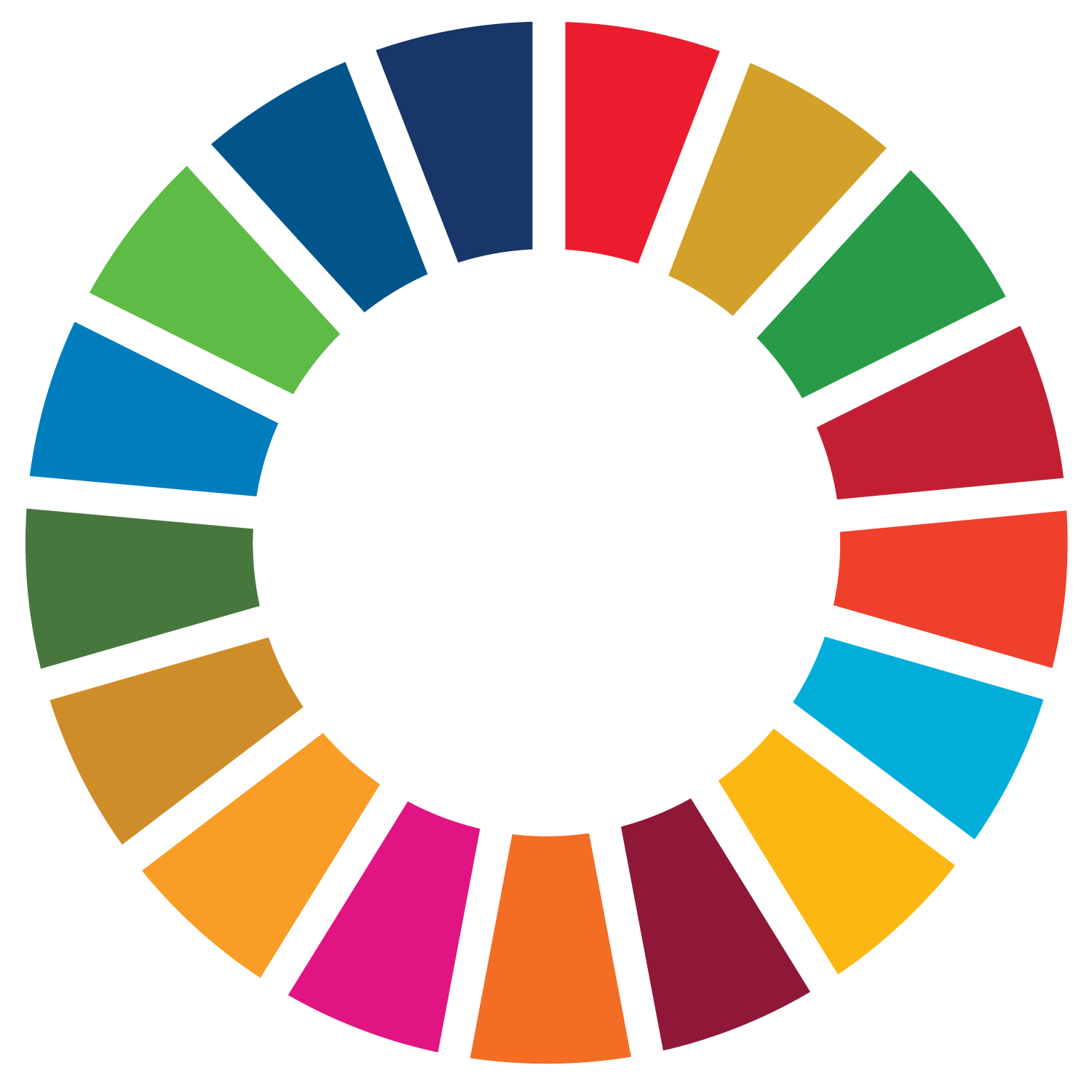Photo: Likouala River at Epena /Joakim Harlin
By Charles Bartlett (UN Environment Programme)
While 2020 has marked the 75th anniversary of the United Nations and the fifth anniversary of the Sustainable Development Goals, the COVID-19 pandemic has highlighted our vulnerability. Urgent action is needed to address global challenges and the root causes of poverty and inequalities, the unhealthy interplay between humans and nature, and how to prevent and adapt to climate change.
Poor and marginalized populations are especially vulnerable to climate change impacts on water resources, which can directly affect their living conditions. Changes in rainfall patterns, floods and droughts can wipe out their entire food supply (crops and livestock) and adversely affect access to safe drinking water, sanitation and hygiene. Safeguarding our water resources and ecosystems is key to building the resilience of communities to climate change and its impacts on water, sanitation and livelihoods.
“Sustainable water management is an essential part of the solution to both mitigating and adapting to climate change,” says Joakim Harlin, a water expert with the United Nations Environment Programme (UNEP). “Just as importantly it’s an essential element in tackling the key Sustainable Development Goals (SDGs) of zero poverty and no hunger,” he adds.
UNEP plays a key role in supporting countries to progress towards the achievement of Sustainable Development Goal (SDG) 6 which aims to ensure the availability and sustainable management of water and sanitation for all by 2030. UNEP is the custodian of three SDG 6 indicators, including Indicator 6.5.1 on the degree of implementation of integrated water resources management (IWRM). The custodian role includes responsibilities to develop statistically robust indicator methodologies, and collect, compile and verify national data for global reporting on SDG progress.
Indicator 6.5.1 tracks the degree of IWRM implementation by assessing the four key dimensions of IWRM: enabling environment, institutions and participation, management instruments, and financing. It is part of Target 5 under SDG 6: “By 2030, implement integrated water resources management at all levels, including through transboundary cooperation as appropriate.”
The indicator is key for achieving Goal 6 as IWRM provides a framework for making progress on all dimensions of water management, including ecosystems, water quality, disaster management and stakeholder involvement.
UNEP’s efforts on indicator 6.5.1 are supported by the UNEP-DHI Centre on Water and Environment, a centre of expertise dedicated to improving the management, development and use of freshwater resources locally and globally. This year UNEP, supported by the UNEP-DHI Centre, has been leading the second round of global reporting on SDG indicator 6.5.1, following the successful establishment of a global baseline in 2017, when 172 United Nations Member States provided their assessments on the status of IWRM implementation.
The SDG 6 IWRM Support Programme
The UNEP-DHI Centre co-hosts the global SDG 6 IWRM Support Programme, executed in collaboration with UNEP and the Global Water Partnership and its country and regional water partnerships. The goal of this initiative is to support countries to identify challenges, formulate responses and implement solutions to accelerate progress towards achieving SDG 6.
By distilling what IWRM implementation means in practice across the various aspects of water management, the SDG 6.51 monitoring exercise helps countries to identify the specific challenges and needed actions for furthering the IWRM implementation. Putting IWRM theory into practice, and operationalizing the concept within national water resources management is at the core of the SDG 6 IWRM Support Programme.
This year the SDG 6 Support Programme is assisting over 60 countries to undertake national monitoring and reporting on indicator 6.5.1. To date UNEP, through the Support Programme, has also assisted 10 countries in developing IWRM action plans, with another 10 counties to follow by the end of 2021.
Despite the challenges posed by the global COVID-19 pandemic, more than 150 UN Member States have already submitted reporting on SDG indicator 6.5.1 in 2020. In addition, more than 50 countries have convened active stakeholder consultations through the Support Programme, engaging water stakeholders across sectors and organizations to discuss the current challenges to IWRM implementation.
“Given the difficult circumstances this year, this really demonstrates the continued global commitment to make progress on SDG 6,” says Maija Bertule, Senior Technical Adviser at UNEP-DHI Centre, who helps coordinate UNEP’s frontline support efforts.
Early results of the global status on indicator 6.5.1 and progress since 2017 are expected to be available by the end of this year.
For more information, please contact Maija Bertule: maija.bertule@un.org or mabe@dhigroup.com
Further resources:
Advancing integrated water resources management
Supporting the Sustainable Development Goals and water
Tracking global progress on implementation of Integrated Water Resources Management (IWRM data portal)
Financing water supply and sanitation in a changing climate
UNEP helps countries monitor sustainable development progress on water, despite COVID-19 challenges
Share this post
UNEP-DHI Centre on Water and Environment
Agern Allé 5, 2970 Denmark
Tel: +45 45169200
